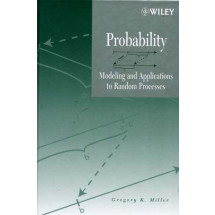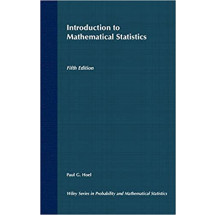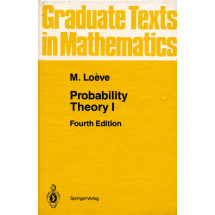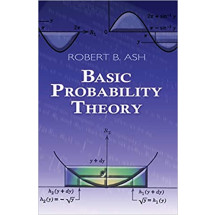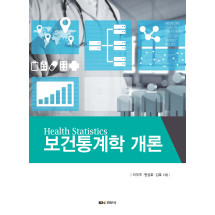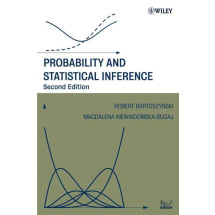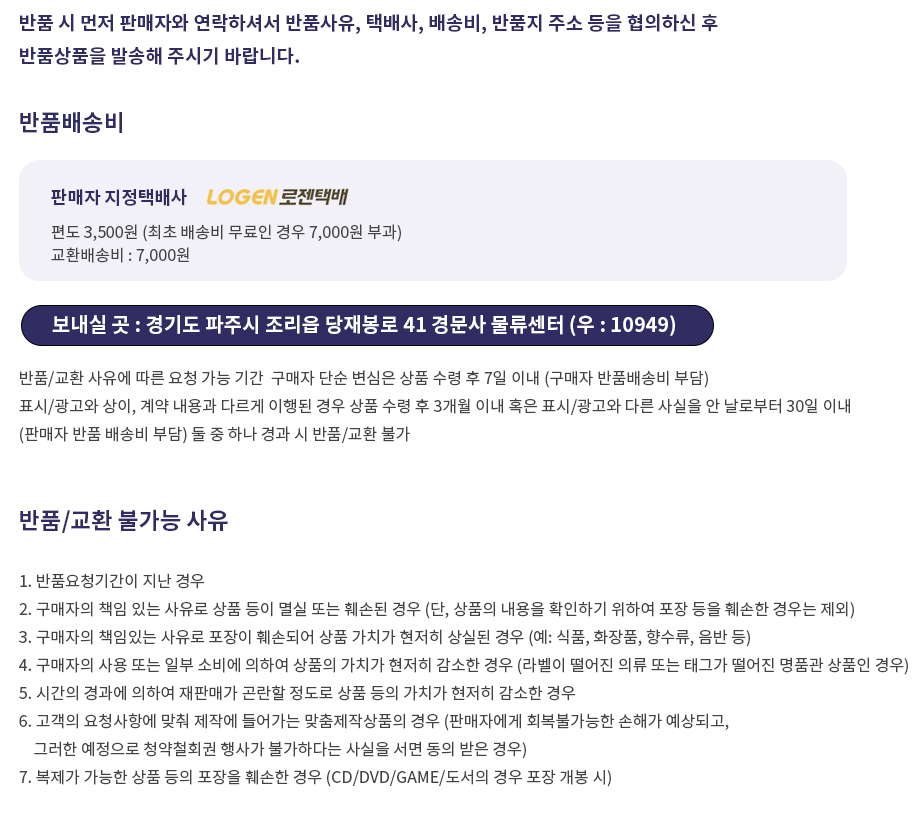Table of Contents:
I DESCRIPTIVE STATISTICS-COMPRESSING DATA
1. Why One Needs to Analyze Data?
1.1 Coin Tossing, lottery, and the stock market
1.2 Inventory problems in management
1.3 Battery life and quality control in manufacturing
1.4 Reliability of complex systems
1.5 Point processes in time and space
1.6 Polls-social sciences
1.7 Time series
1.8 Repeated experiments and testing
1.9 Simple chaotic dynamical systems
1.10 Complex dynamical systems
1.11 Pseudorandom number generators and the Monte-Carlo methods
1.12 Fractals and image reconstruction
1.13 Coding and decoding, unbreakable ciphers
1.14 Experiments, exercises, and projects
1.15 Bibliographical notes
2. Data Representation and Compression
2.1 Data types, categorical data
2.2 Numerical data: order statistics, median, quantiles
2.3 Numerical data: histograms, means, moments
2.4 Location, dispersion, and shape parameters
2.5 Probabilities: a frequentist viewpoint
2.6 Multidimensional data: histograms and other graphical representations
2.7 2-D data: regression and correlations
2.8 Fractal data
2.9 Measuring information content: entropy
2.10 Experiments, exercises, and projects
2.11 Bibliographical notes
3. Analytic Representation of Random Experimental Data
3.1 Repeated experiments and the law of large numbers
3.2 Characteristics of experiments: distributions functions, densities, means, variances
3.3 Uniform distributions, simulation of random quantities, the Monte Carlo method
3.4 Bernoulli and binomial distributions
3.5 Rescaling probabilities: Poisson approximation
3.6 Stability of Fluctuations Law: Gaussian approximation
3.7 How to estimate p in Bernoulli experiments
3.8 Other continuous distributions; Gamma function calculus
3.9 Testing the fit of a distribution
3.10 Random vectors and multivariate distributions
3.11 Experiments, exercises, and projects
3.12 Bibliographical notes
II MODELING UNCERTAINTY
4. Algorithmic Complexity and Random Strings
4.1 Heart of randomness: when is random - random?
4.2 Computable strings and the Turing machine
4.3 Kolmogorov complexity and random strings
4.4 Typical sequences: Martin-Lof tests of randomness
4.5 Stability of subsequences: von Mises randomness
4.6 Computable framework of randomness: degrees of irregularity
4.7 Experiments, exercises, and projects
4.8 Bibliographical notes
5. Statistical Independence and Kolmogorov's Probability Theory
5.1 Description of experiments, random variables, and Kolmogorov's Axioms
5.2 Uniform discrete distributions and counting
5.3 Statistical independence as a model for repeated experiments
5.4 Expectations and other characteristics of random variables
5.4.1 Expectations
5.4.2 Expectations of functions of random variables. Variance
5.4.3 Expectations of functions of vectors. Covariance
5.4.4 Expectations of the product. Variance of the sum of independent random variables
5.4.5 Moments and the moment generating function
5.4.6 Expectations of general random variables
5.5 Averages of independent random variables
5.6 Laws of large numbers and small deviations
5.7 Central limit theorem and large deviations
5.8 Experiments, exercises, and projects
5.9 Bibliographical notes
6. Chaos in Dynamical Systems: How Uncertainty Arises in Scientific and Engineering Phenomena
6.1 Dynamical systems: general concepts and typical examples
6.2 Orbits and fixed points
6.3 Stability of frequencies and the ergodic theorem
6.4 Stability of fluctuations and the central limit theorem
6.5 Attractors, fractals, and entropy
6.6 Experiments, exercises, and projects
6.7 Bibliographical notes
III MODEL SPECIFICATION-DESIGN OF EXPERIMENTS
7. General Principles of Statistical Analysis
7.1 Design of experiments and planning of investigation
7.2 Model selection
7.3 Determining the method of statistical inference
7.3.1 Maximum likelihood estimator (MLE)
7.3.2 Least squares estimator (LSE)
7.3.3 Method of moments (MM)
7.3.4 Concluding remarks
7.4 Estimation of fractal dimension
7.5 Practical side of data collection and analysis
7.6 Experiments, exercises, and projects
7.7 Bibliographical notes
8. Statistical Inference for Normal Populations
8.1 Introduction; parametric inference
8.2 Confidence intervals for one-sample model
8.3 From confidence intervals to hypothesis testing
8.4 Statistical inference for two-sample normal models
8.5 Regression analysis for the normal model
8.6 Testing for goodness-of-fit
8.7 Bibliographical notes
9. Analysis of Variance
9.1 Single-factor ANOVA
9.2 Two-factor ANOVA
9.3 Experiments, exercises, and projects
9.4 Bibliographical notes
A. Uncertainty Principle in Signal Processing and Quantum Mechanics
B. Fuzzy Systems and Logic
C. A Critique of Pure Reason
D. The Remarkable Bernoulli Family
E. Uncertain Virtual Worlds Mathematica Packages
F. Tables


